Strong product adoption rates are crucial for the growth of your business and the happiness of your users.
However, achieving them doesn’t come easy.
You’ll need a smart, multi-element strategy that will support users at every turn and help you continually find ways to motivate them to keep learning and keep returning to the product.
This article will show you how to build a product adoption strategy that will allow you to do all of this, and it all starts with some smart goal-setting.
Come Up With Some Clear Goals for Your Strategy
Your product adoption strategy should be directed at several smaller, concrete goals that, when achieved, can improve overall adoption.
If you want to ensure you’re choosing goals that are actually manageable for your team, make sure you run them through the SMART goal matrix before you set out to achieve them.
The SMART framework is a resource that helps leaders come up with tangible goals that provide a clear way forward and can reasonably be achieved within a set time frame.
Here it is in a nutshell:

Source: Archbee
Let’s provide an example of a product adoption goal and see how it fits into the SMART matrix.
A concrete goal might be expressed as:
Reducing customer churn from 5% to 2% in one year.
Right off the bat, you can see that this is a specific goal because it addresses a real issue (customer churn) and features an action that tackles it (reduction).
This goal is also measurable, because we can reliably determine if the number of churned customers has increased or decreased during a specific period.
We can do that by tracking churn, for example, with analytics software.
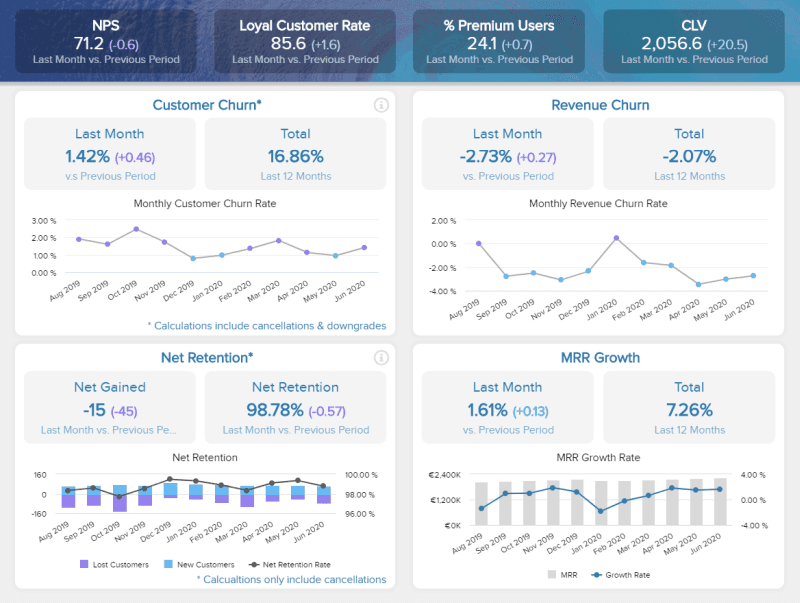
Source: Datapine
What makes a goal achievable? That’s going to depend on the scope of the problem and the resources you can throw at it.
In our case, striving for 0% customer churn isn’t realistic because every SaaS product has a certain amount of churn. A 3% reduction, however, should be much more achievable.
If we define product adoption as the process by which users implement your product into their routine, then it’s clear that reducing customer churn (the number of customers who stop using your service) is a relevant goal because achieving it would lead to an improvement in product adoption.
Finally, since we put a deadline on this goal (one year), it can be considered time-bound. That’s important because you don’t want the activities tied to this goal to stretch out into years.
Once you set up a couple of goals like this one and start taking action, every bit of progress you make will also mean progress in your product adoption strategy.
Segment Your Users
User segmentation is important for your product adoption strategy because the more you know about your users’ needs, pain points, and workflow preferences, the more you can personalize your support for them as they go through the process of product adoption.
A great way to start segmenting your users is to create user personas. These are profiles of your ideal users that represent different groups that use your product.
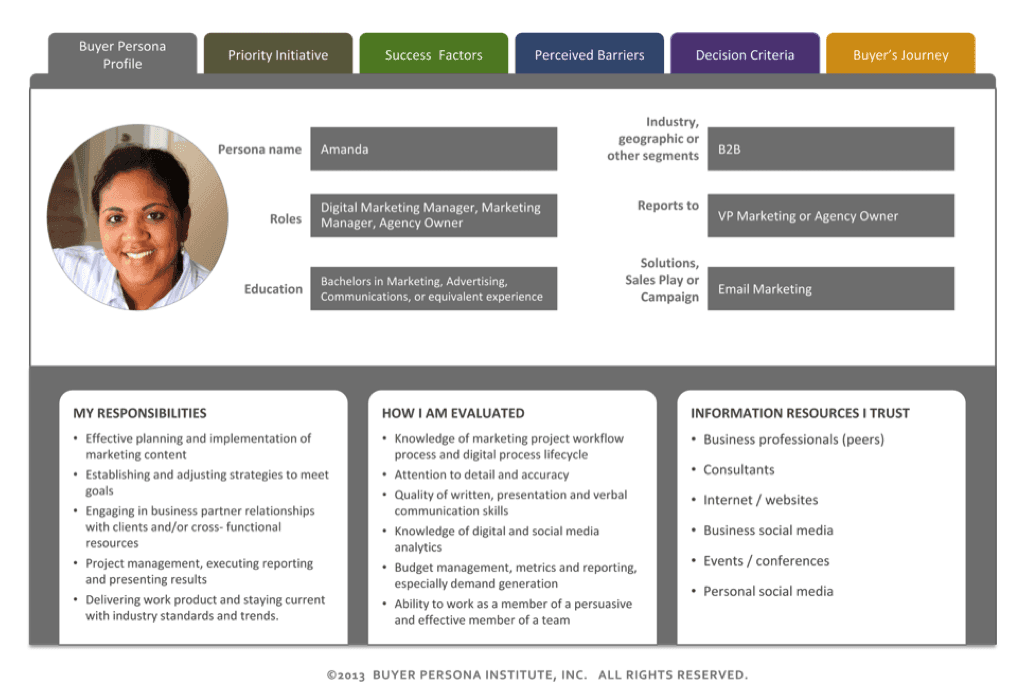
Source: Neil Patel
Personas work best when they’re based on consumer data captured at signup and reflect real facts about your customer base, such as:
- Pain points, problems, fears
- Professional role, responsibilities, tasks
- Use cases
- Wishlist of features
- Preferred information and education resources
Once you have this information, you can segment your customers according to these personas and adapt your approach to each one as they go through their user journey to make it more likely they’ll adopt the product.
For example, if you’re offering a graphic design SaaS with a lot of features, you can develop multiple onboarding flows and onboard users only for the features they’ll need in their professional roles.

Source: Medium
So, for instance, if a segment of your users consists of social media influencers and community managers, you can focus on showing them how to use templates for various social media posts.
If they’re SMB owners or charity operators, you can teach them how to prepare their designs for printing to effortlessly create menus, fliers, posters, and so on.
When users aren’t overburdened with learning too many features, interface elements, and user actions, they’re much more likely to find the product enjoyable to use.
And that makes product adoption easier to achieve.
That’s just one example of how user segmentation can be a powerful part of your product adoption strategy.
Define Your User Activation Points
Activation is the coveted moment when your user finally realizes the value of your product and how it can help them, personally, make work/life easier.
In SaaS business, user activation is also called the Aha! moment to reflect how sudden and affirming this realization can be for users.
How does all this connect to your product adoption strategy?
It’s simple.
When user activation is achieved, there’s practically nothing standing in the way of complete product adoption because users have no reason to abandon the product and they have all the reason to keep using it.
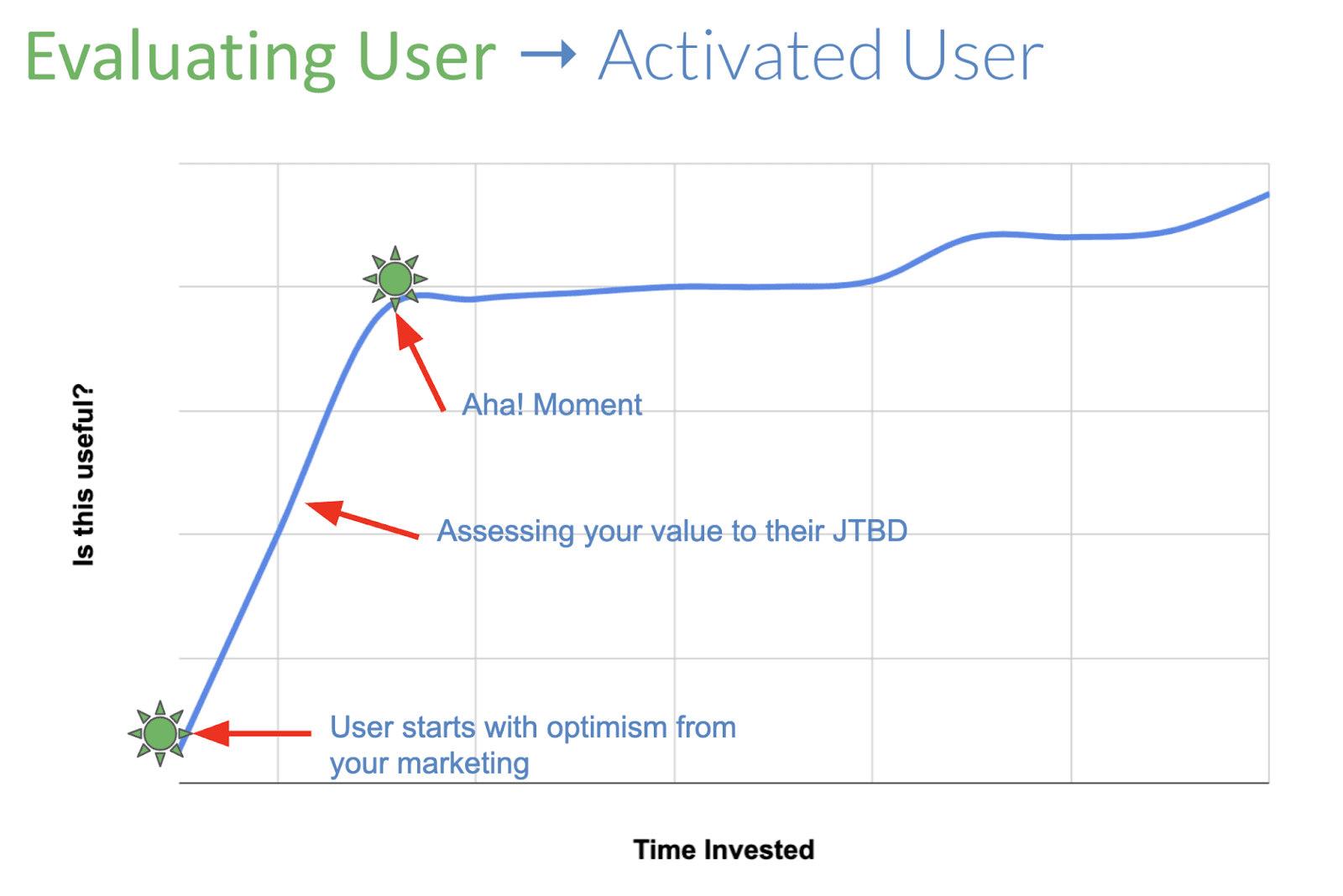
Source: Pointzi
Therefore, a good product adoption strategy should include a method to accelerate user adoption and induce it as early as possible in the user journey, so that the user has less of a chance to drop off.
Inducing a moment of realization inside your user’s mind sounds almost like magic, but it can be done if you have enough usage data.
Since we know that product usage stabilizes after user activation, we can actually reverse-engineer that moment to find out what convinces users to retain the product.
So, all you need to do is find the moment in the user journey where users stop churning in great numbers and start retaining the product.
If this moment is the same for a large number of users, then you can consider it your activation point.
Once you’re fairly certain what the activation point is, you can take action to induce it.
Let’s see how this works using a real-life example.
Wishpond, the all-in-one marketing platform, identified their activation point as the following:
Our product’s Aha! moment is when a user designs their Campaign, such as a landing page, contest, or popup, then clicks Publish, and they see that they’ve immediately published a live campaign that they can share with their audience.
The ease of these actions convinces users that this product is worth their time and money, so they decide to keep using it.
The company found its Aha! moment using a combination of user data and interviews, and once they identified it, they used a couple of tactics to induce it.
These included improving the UX journey for completing these tasks to make it as frictionless as possible and creating templates so that users had to do as little work as possible to get their work done.

Source: Wishpond
So, if you want to build a strategy that will take users to complete product adoption in the shortest time possible, find your activation point and develop a method to carry your users to it.
Decide How to Onboard Your Users
User onboarding sets the scene for your customer’s entire journey with your product.
If it’s ineffective, a hassle to complete, or plain non-existent, product adoption will be very hard to achieve.
With that in mind, it should be clear that a product adoption strategy that doesn’t cover user onboarding is no strategy at all.
Research into user behavior confirms this:
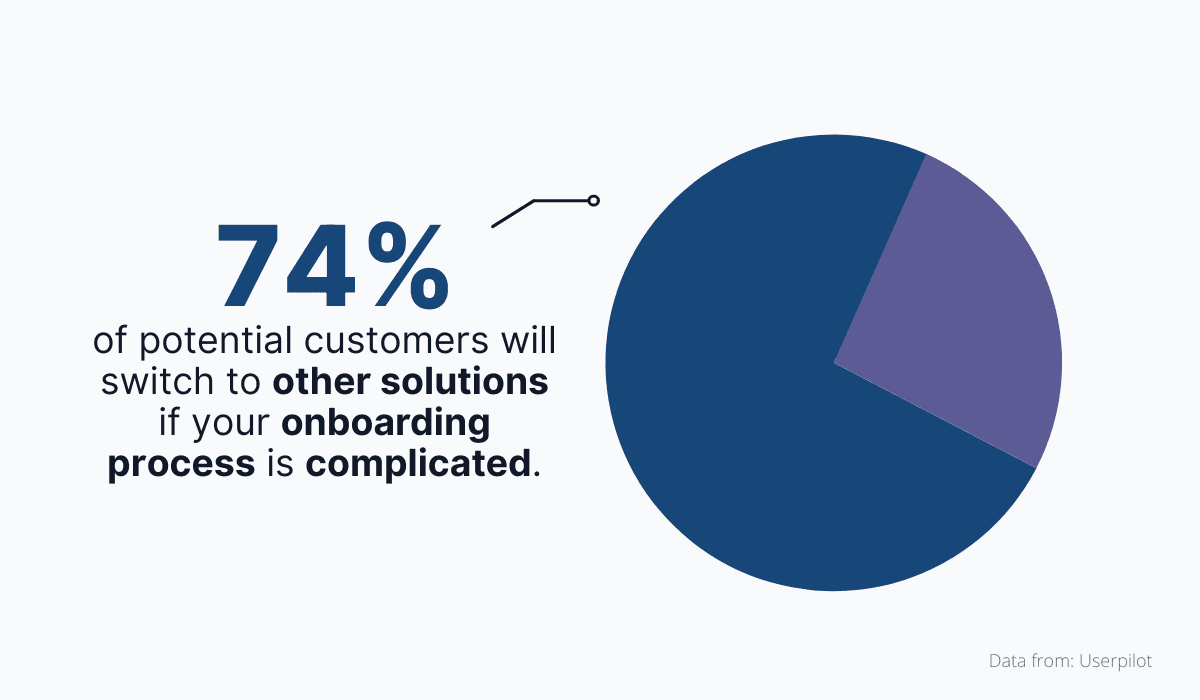
Source: Userpilot / Image: Archbee
The challenge in onboarding SaaS users comes from the fact that it needs to be high-touch and as interactive as possible (after all, you’re explaining a complex piece of software here) and at the same time automated and repeatable so that it can be applied to a large number of users.
Fortunately, this is one situation where SaaS products specialized for user experience can help SaaS companies like yours onboard users.
Tools like UserGuiding can help you create interactive guides and walkthroughs by enabling you to enrich your product’s interface with modals, tooltips, hotspots, and other elements that will support users as they interact with your software for the first time.
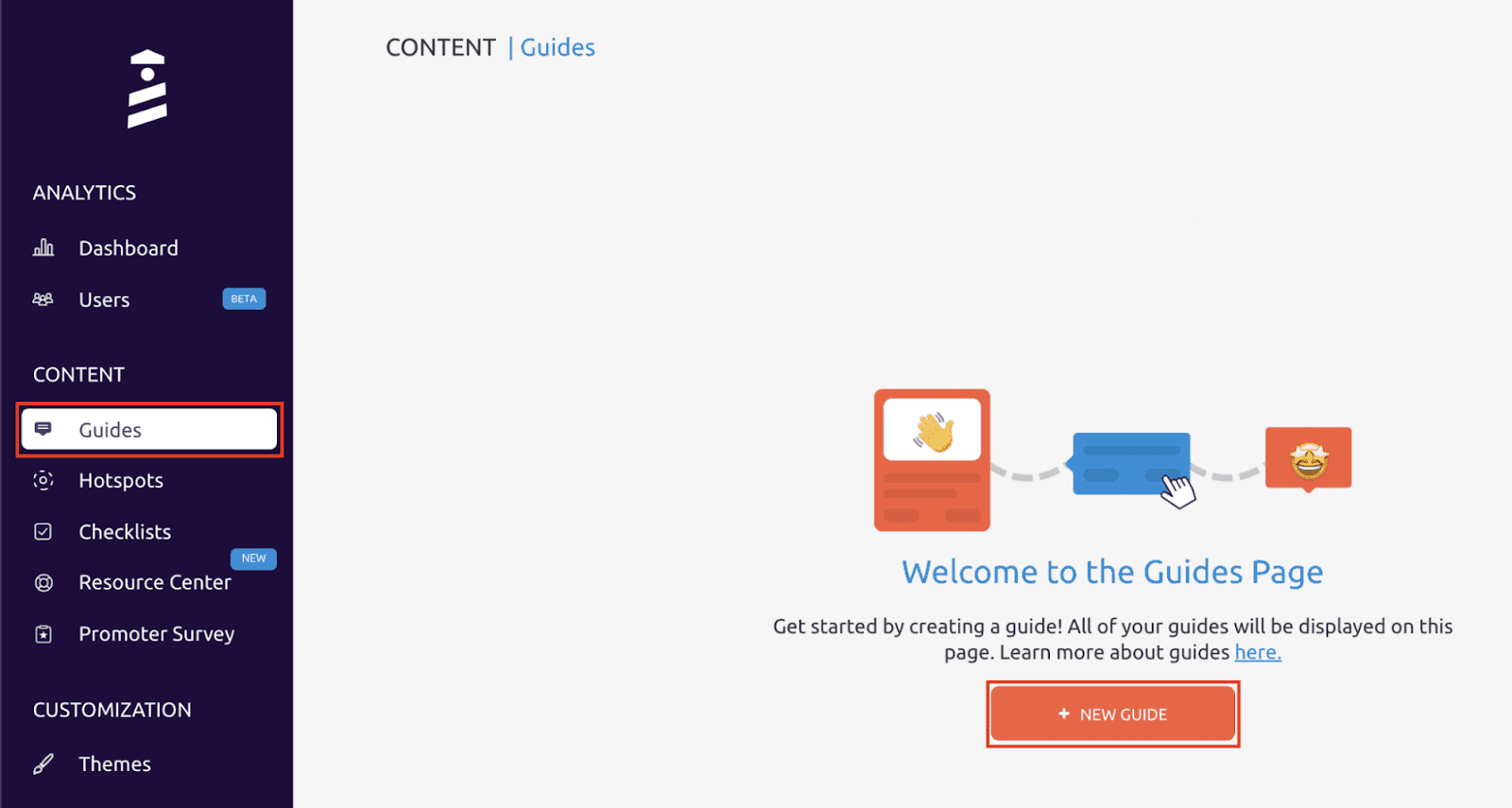
Source: UserGuiding
That way, users will know exactly which actions to take and which features to use to complete their first tasks and gradually learn how to use the software successfully.
Of course, users might have questions or encounter problems in their initial actions with your product that a product tour won’t be able to solve.
That’s why it’s a good idea to supplement a strong onboarding program with product documentation or a knowledge base.
There’s a SaaS for that, too. Archbee is an advanced documentation tool specialized for SaaS products that will enable you to effortlessly build a knowledge base with resources such as:
- Installation and signup guides
- Feature tutorials
- Troubleshooting and FAQ sections
In short, everything a new user might need to ensure the correct and safe use of your product.
Archbee also has no-fuss publishing options so all of these documents can be uploaded online, to your domain, in just a click or two.
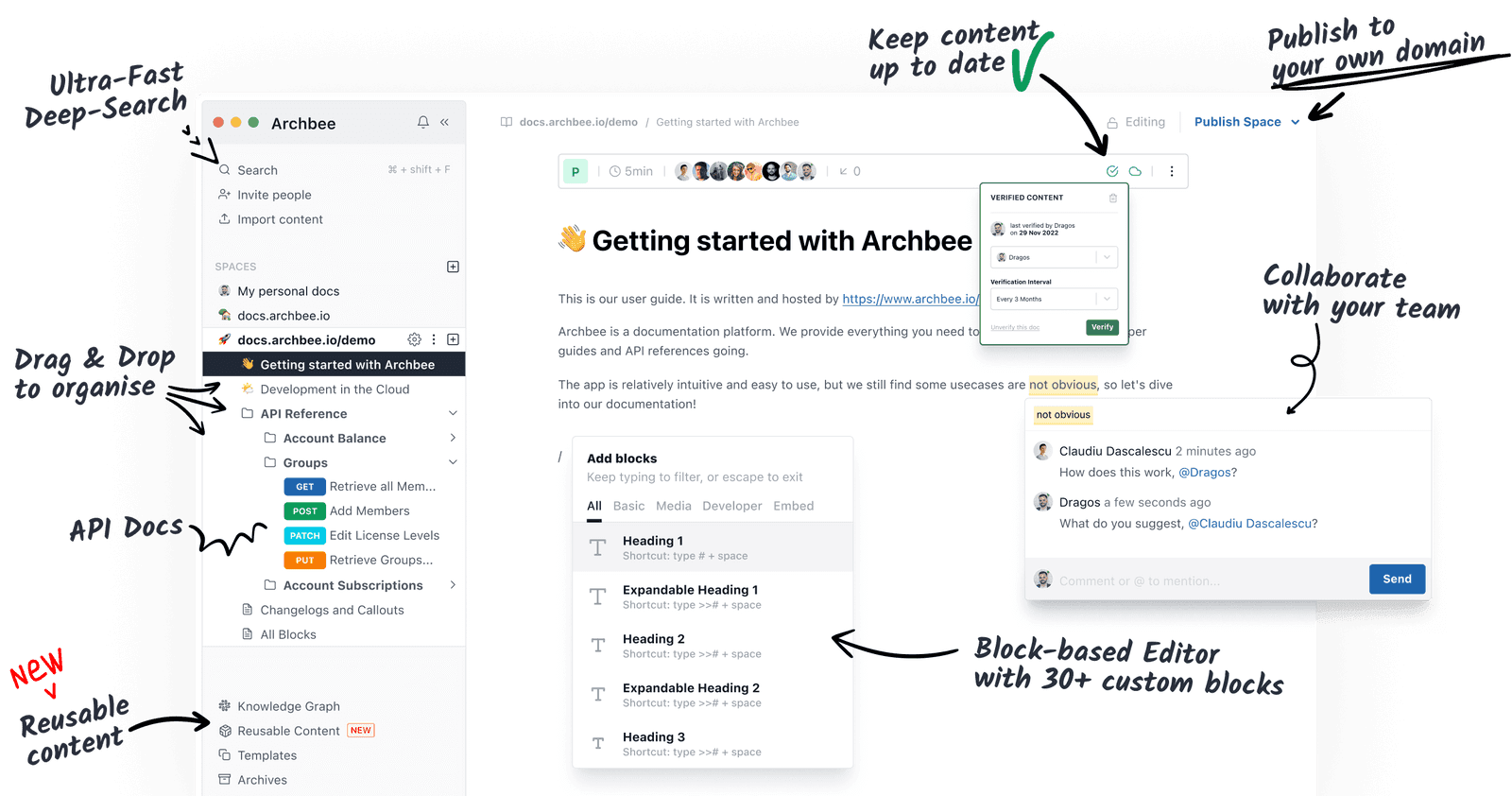
Source: Archbee
How you onboard your new users is entirely up to you, but you can’t go wrong with a combination of an automated onboarding program and a strong knowledge base so that you can provide quality support for your customer base, no matter how fast it grows.
Use Metrics to Track Product Adoption
Every process can be continually tweaked and improved to yield better results, and product adoption is no different.
However, it’s not easy to fix something you don’t even know is broken, so let’s first find out how you can measure the effectiveness of your product adoption strategy.
Over the years, SaaS professionals have devised a variety of metrics that track not just how users are behaving when using your product, but also how they feel about it.
These metrics include (but are not limited to):
- Product adoption rate
- Feature adoption rate
- Churn rate and retention rate (two sides of the same coin)
- Net promoter score (NPS)
- Customer lifetime value (CLV)
- Number of active users (daily, weekly, monthly, depending on the product)
Each one of these metrics tells a different story about how well users are adjusting when using the product, whether they’re likely to keep using it or abandon it, and what kind of experience they’re having.
Some of them can be measured directly using your preferred analytics software.
The number of active users is a good example of that because analytics can easily track the number of users logged in to the product on a regular basis.
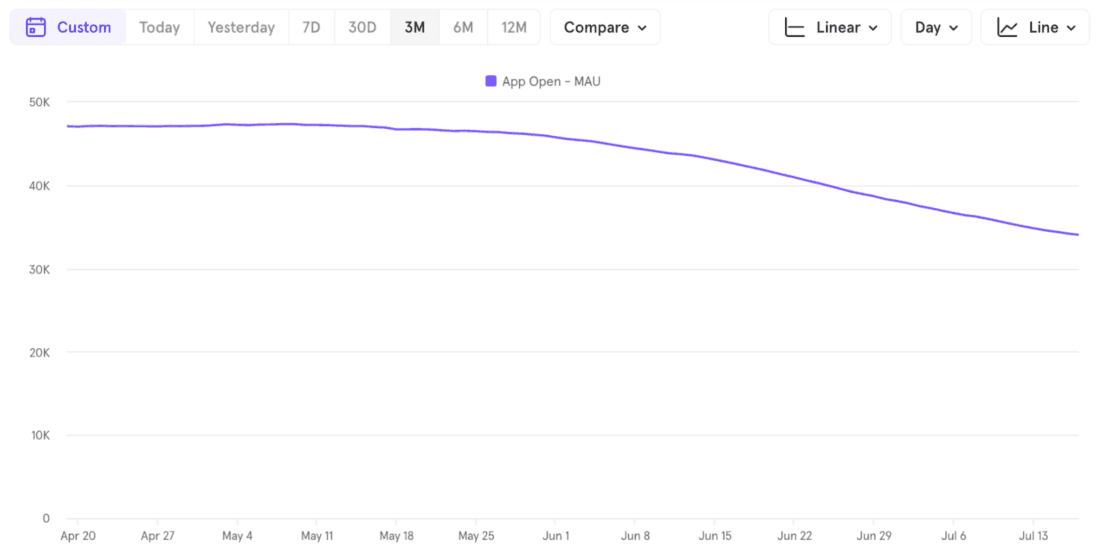
Source: Mixpanel
Others can’t be measured this way but need to be calculated using user data from analytics or, for example, your business accounting.
That’s how CLV is calculated, for instance.
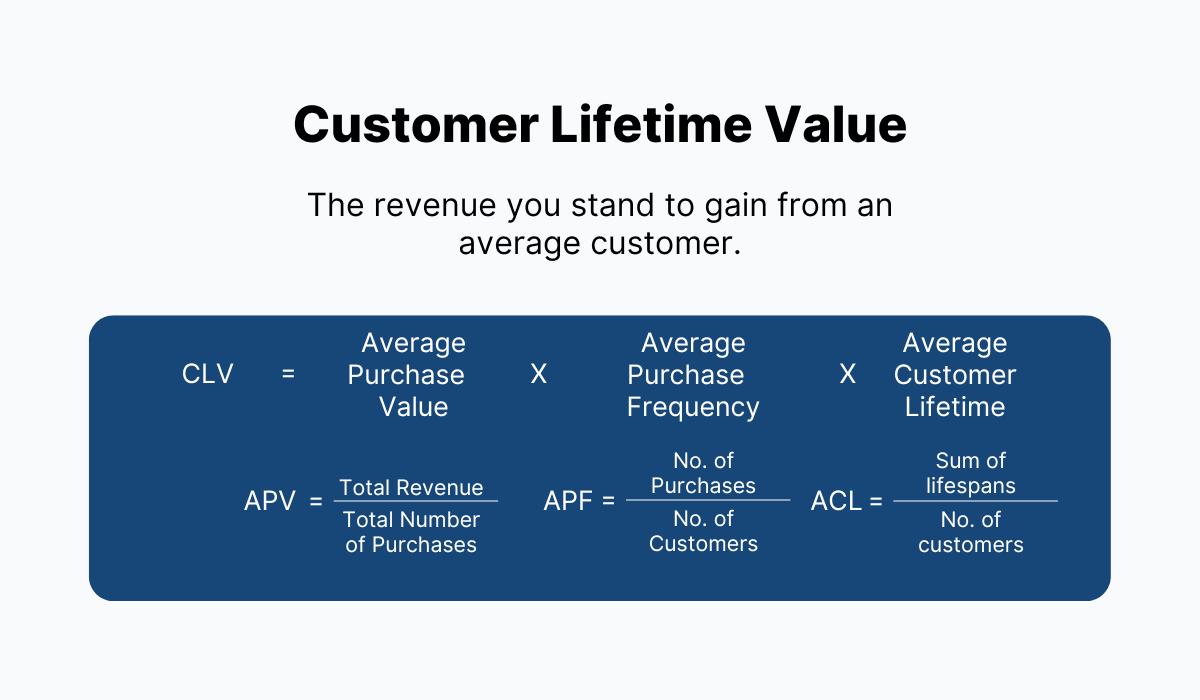
Source: Archbee
Finally, some metrics, especially those that gauge sentiment toward your product are calculated after data is extracted from the users themselves, using customer surveys, reviews, or feedback.
Probably the most famous one in this group is NPS, which is usually acquired through surveys.
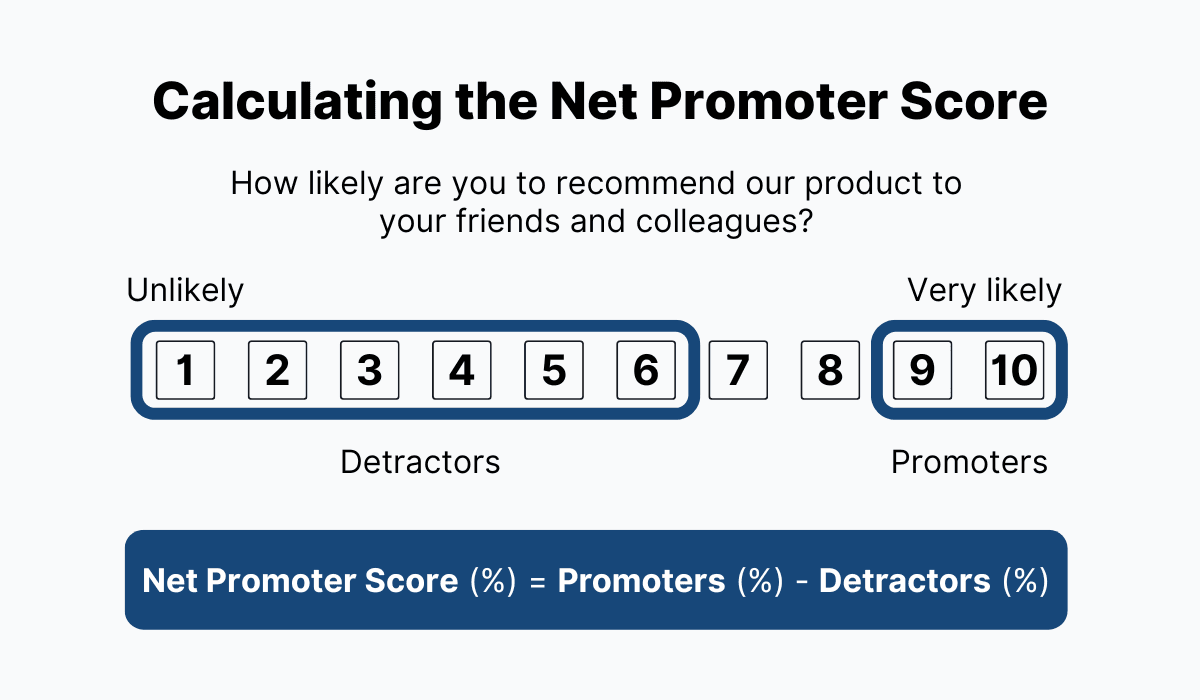
Source: Archbee
All of these metrics might be fundamentally different, but they all have the same goal: providing you with indicators that will tell you how effective your product adoption strategy is and what you can do to improve it.
And that is the subject of our next section.
Improve Your Product Adoption Strategy
Once you’ve gathered enough data from tracking your chosen metrics, it’s time to interpret it and draw out some actionable conclusions on how the strategy can be improved.
For example, let’s say that you’ve noticed that your onboarding completion rates are lower than you’d like them to be.
That’s a situation the product team at EverThere faced when their analytics software (Mixpanel) showed them that their onboarding completion rate was as low as 15%.
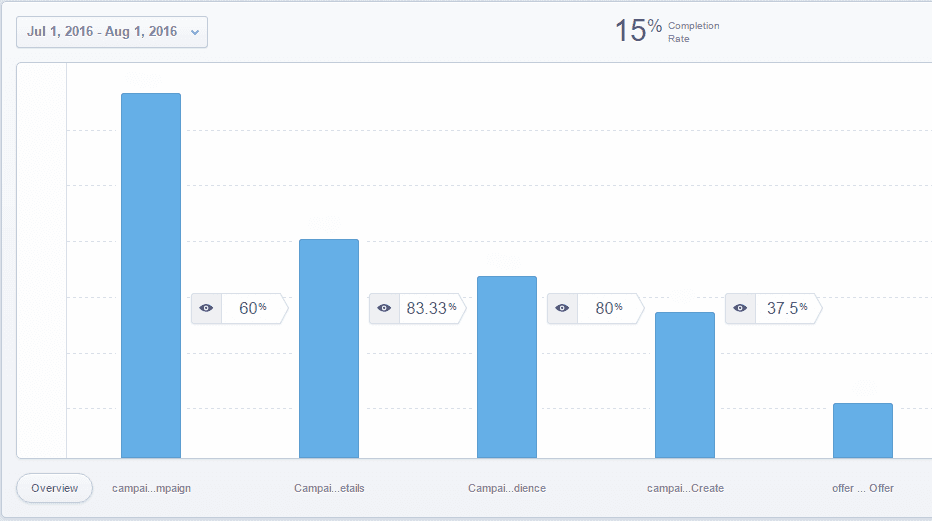
Source: Medium
If they wanted to improve product adoption, they needed to tackle this problem, so they set a goal to improve onboarding completion by 7%, a good goal if you remember our SMART goal matrix from a couple of sections ago.
EverThere’s action plan included multiple elements, such as eliminating all distractions from the onboarding process and simplifying it as much as possible, adding an option to skip onboarding and come back to it later, and, finally, adding relevant onboarding events that created a sense of urgency and motivated users to advance through the onboarding process.
It worked. The team managed to exceed expectations and improve onboarding completion by as much as 10% in as little as three months.
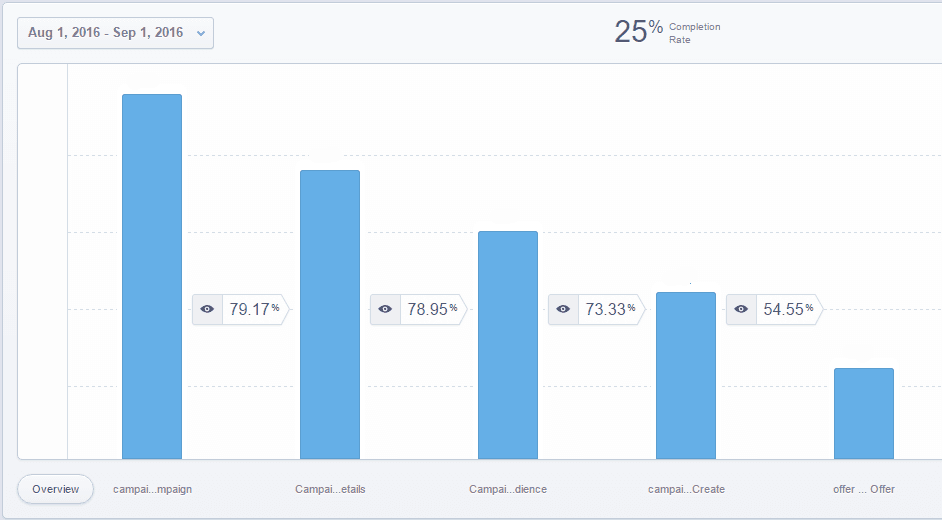
Source: Medium
This was just one part of their improvement efforts. As Moran Katan, head of product at the company, explained:
We’ve made significant improvements but there is still work to be done. It’s an iterative process like all product management efforts, and it has exposed many more tests we’d like to run. Our next challenge is to shorten the path to the Aha! moment by refining our value proposition.
As you can see, by making data-backed decisions and taking action to improve elements of your strategy (like onboarding and activation in EverThere’s case), you stand to improve the speed and ease with which users are adopting your product.
Conclusion
Building an effective product adoption strategy is by no means easy or quick. You’ll need to do a lot of planning and get to know your user base intimately to create a strategy that really works.
Also, this task is never really finished, as you’ll have to continually track your strategy’s effectiveness and make improvements as you go.
All this effort will eventually pay off, however, as your users will find it easier and more enjoyable to use your software and gradually include it into their routine.
Frequently Asked Questions
A product adoption strategy is a plan for helping users discover, experience, and repeatedly realize value from your product until it becomes part of their routine.
A strong strategy typically includes:
- Clear goals (ideally SMART)
- User segmentation and tailored experiences
- Activation (guiding users to the Aha! moment)
- Onboarding that’s interactive and scalable
- Measurement with the right metrics
- Continuous improvement based on data
Why it matters:
- Higher retention, lower churn
- Faster time-to-value and deeper feature usage
- Happier customers who are more likely to advocate
- Better unit economics (e.g., improved lifetime value)
Bottom line: it supports users at every step—from signup to habit—so your product becomes a natural part of their daily workflow.
